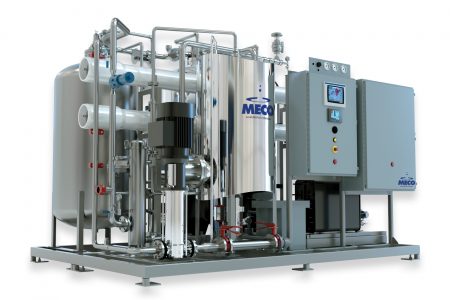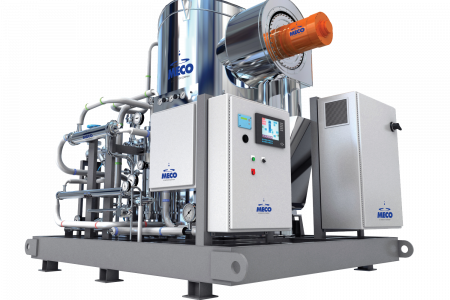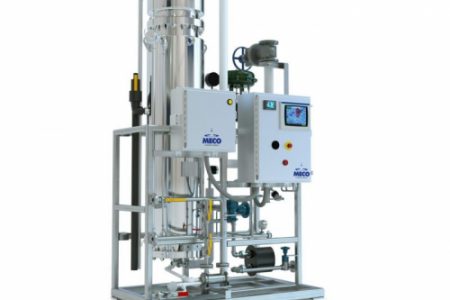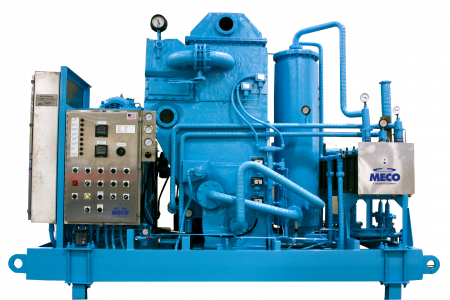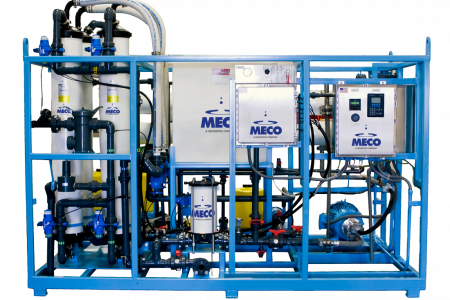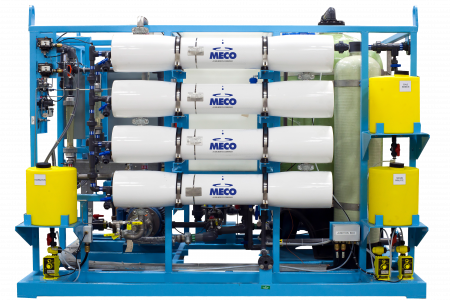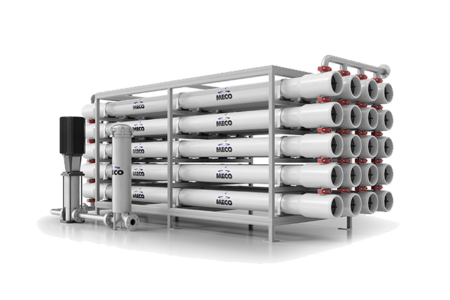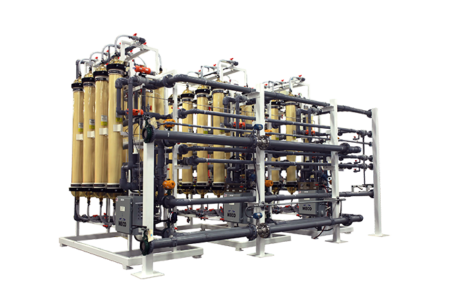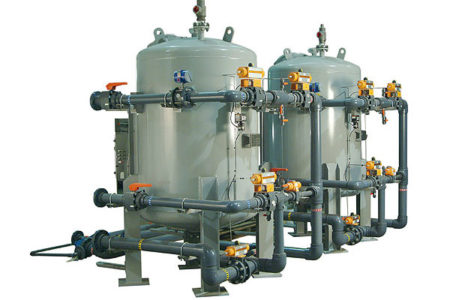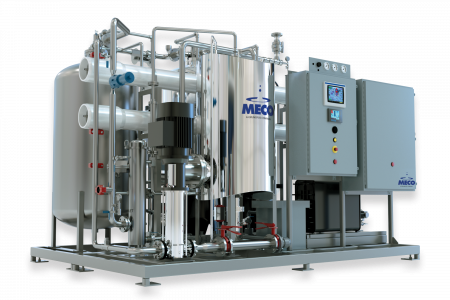Hurricane preparedness: A municipal strategy for potable water
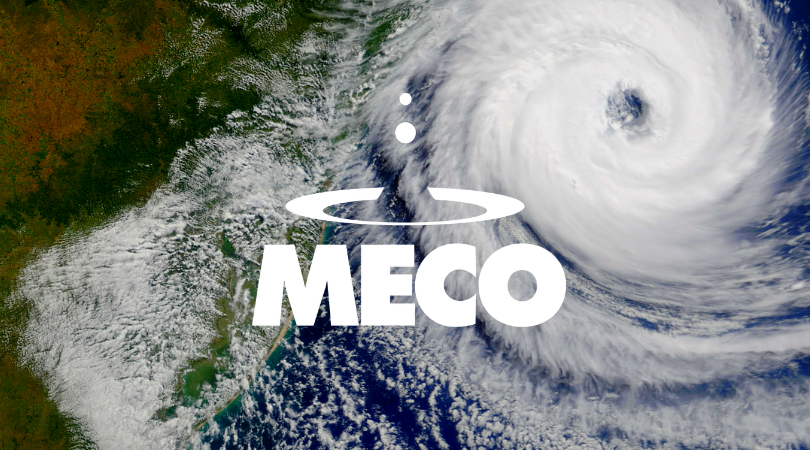
In the aftermath of a hurricane, there’s no time for developing a strategy to deal with water shortages. Fresh water is required to keep people hydrated, fed, and cared for as they recover from catastrophe even when water supplies are compromised. A municipal strategy for potable water should be developed before disaster strikes. A well thought out strategy can streamline recovery efforts in the wake of a large-scale crisis, and it can also come to the aid of communities experiencing water scarcity resulting from more mundane events like a contaminated water source or drought.
How do hurricanes threaten water supplies?
Hurricanes bring torrential downpours, rising tides, and flood water. All of this incoming water overwhelms a municipality’s wells and water supplies, making it impossible for systems to process the influx. As a result, raw sewage, runoff, and organic matter can contaminate water sources. It can take days or weeks to render water potable, depending on the scale of the emergency.
How much water does a municipality need?
Climate, age, physical health and other factors contribute to the amount of water an individual needs to thrive. However, the Centers for Disease Control (CDC) guidelines recommend at least one gallon of water per person or pet each day. It would be a challenge for municipalities planning emergency management supplies to source and store enough clean water for every citizen in their area. For example, in the aftermath of Hurricane Harvey in 2017, flooding disabled the city of Beaumont, Texas’s water supply infrastructure. 118,000 residents were left without water.
How can municipalities prepare for hurricanes?
A water purification system can prevent the sort of post-emergency crisis created in the wake of Hurricane Harvey. A custom-designed and constructed reverse osmosis system has the capacity to provide a reliable source of potable water in the aftermath of any disaster, keeping communities functional in the most dire of circumstances. Single systems like the MECO MMRO-LT can produce between 8,450 and 33,800 gallons per day, or 32-128 m3/day, making it a reliable source in the purification of municipal water for disaster relief. One MMRO-LT can produce enough clean drinking water for many communities.
What’s at stake?
A municipal government’s response in the wake of a hurricane or other emergency impacts more than the recovery of the community. Inefficient processes can lead to the loss of lives and property while a robust, competent response minimizes damage and builds trust with the community. Investment in disaster preparation is as important in investment in infrastructure and protects your community’s most valuable assets: its people. Contact MECO today to learn how we support municipalities recovering from natural disasters with forward planning and innovative water purification systems.
